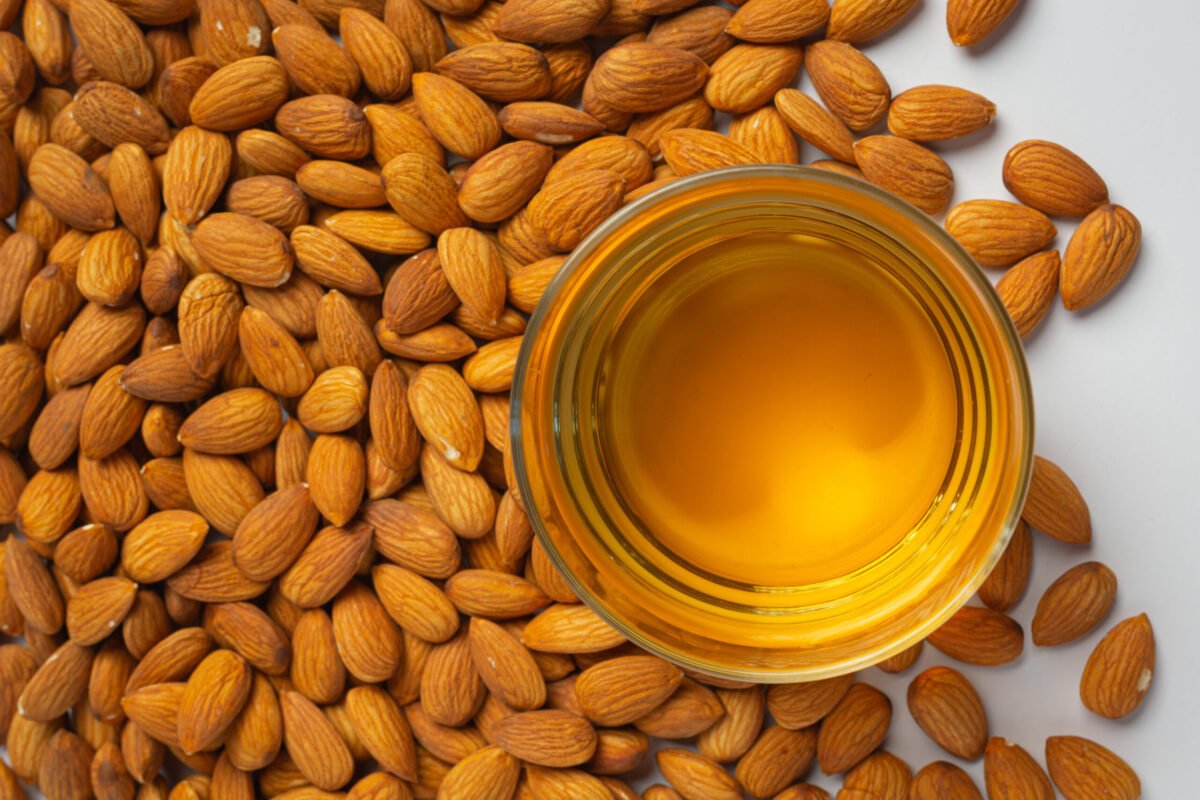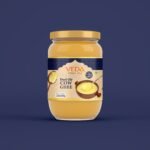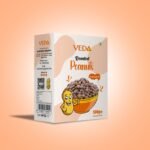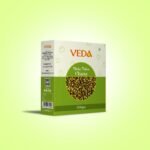
What Makes Cold-Pressed Almond Oil Better?
Cold-pressed almond oil is simple: we press clean almond kernels at low heat so goodness stays inside and taste stays gentle. One bottle can be used for well over a month, and fits daily cooking and keeps life easy.
Drizzle a little cold pressed almond oil over warm veggies and you get a soft nut note that feels cozy on the plate. Here is how cold pressing works and how to use it well in everyday meals.
What Cold Pressing Means in Plain Words?
We apply a slow press for extracting oil from almonds without the use of harsh solvents or high heat, ensuring that vitamins E and nutrients remain in better shape and that the nut note stays beautifully soft. The liquid is soft golden in color and light in texture both in the mouth and pan. Hence, it stays easy to add it into salads and warm preparations.
Why Cold-Pressed Feels Better Than Refined?
Refined oil goes through steps that push out aroma and flatten taste, which can suit big canteens, yet it loses the character that home kitchens enjoy. Cold-pressed keeps gentle flavor and more natural goodness, so a small drizzle helps food taste fuller and bread or salads feel richer without heavy grease.
Everyday Use in Your Kitchen
Keep heat low to medium and let the oil finish dishes rather than carry the whole cook, then you keep taste and the good parts intact. A teaspoon over sautéed veggies at the end gives a warm nut hint that pairs well with dal and simple pulao.
How to Check Quality Before It Reaches You
Clean kernels, a tidy press, and careful packing matter to us, and you pair that with clear labels you can trust. Look for words like cold-pressed or virgin on the front, a gentle nut scent that feels natural, and a batch code that proves traceable care. Dark glass keeps light out and a snug cap keeps air out, which together protect freshness till the last pour.
Storage that keeps taste steady
Park the bottle in a cool, dark cupboard and keep it away out of stove heat, since warm shelves speed up spoilage and sunlight does the same. Close the cap right after each use and pick a size you can finish in two months, then restock so flavor stays bright and the kitchen routine stays simple.
Quick Ideas With Cold Pressed Almond Oil for This Week
Breakfast:
If you put a tiny splash in pancake batter the edges become tender yet the middle stays fluffy, which is pleasant on slow-moving mornings. If you blend smoothies, toss in a half spoonful with banana and oats so each sip feels heavier and keeps you satisfied for hours until lunch, again without added sugar.
Lunch:
Whisk lemon juice with a small amount of honey to create a quick dressing that hugs crisp greens and enhances warm grain bowls, tossing it in while the base is still slightly warm so flavors distribute evenly throughout.
While we keep a small jar in the bag with us, shaking it to invigorate all components right before eating avoids the separation phase. A light drizzle over our tomato soup gives the surface a subtle sheen that hints at nuts but doesn’t distract. Add cracked pepper and a pinch of salt, and lunch feels sorted.
Evening meal:
Low to medium heat keeps oil doing the finishing in dishes and isn’t the thick sear you would do otherwise as gentler warmth protects flavor while keeping a pleasant texture.
You can sauté some veggies just until they are bright and then turn the flame off, folding in a small spoon so the pan carries a soft nut note that complements khichdi and simple pulao.
A drizzle over your dal on the table brightens the top note, and a spoon over roasted carrots or beans makes the dish extra silky, a coating that kids tend to enjoy.
Weekend prep:
Mix oats with chopped nuts and a little honey, then coat with almond oil and bake till edges turn light gold, which gives you a crisp granola that breaks clean and stores well.
You can also rub it on bread slices with garlic and a sprinkle of herbs, then toast till the corners curl slightly and the crumb feels lush without heavy grease. For quick snacks, brush over corn or sweet potato before roasting so the trays come out with a calm shine.
Small Myths, Cleared
A loud scent does not prove quality, and a soft nut aroma usually points to careful pressing that keeps flavor gentle in the pan. Color can confuse too; a very pale shade is not the only sign of purity, since a light golden tint often means the press ran cool and steady.
Thickness is another trap, because a heavy body does not signal a higher grade, and a smooth medium feel suits almond oil well on salads and warm grains. You might also hear that good almond oil must handle fierce heat, yet the best results show up at low to medium flame, where taste stays clear and the finish feels clean.
If the bottle looks a bit hazy on a cold day, give it a little time at room heat and it turns bright again, which is normal for oils that skip harsh steps.
Who Will Love Cold Pressed Almond Oil
Home cooks who like mild flavor and clean finishes usually reach for cold-pressed almond oil, since it slips into daily meals without stealing the show. You see it helps busy kitchens that want quick wins, like a drizzle over dal and a last stir through sautéed veggies.
People who keep a tidy pantry also enjoy one reliable bottle that dresses crisp greens and softens warm grain bowls without heavy grease. If your style leans toward simple ingredients and calm heat, this choice fits that rhythm and keeps plates balanced.








